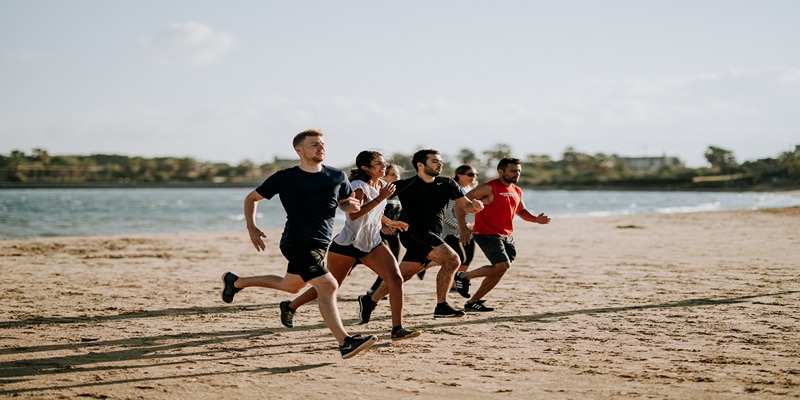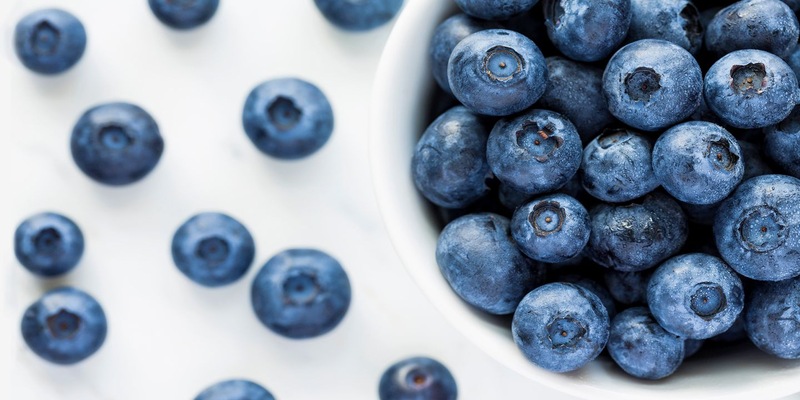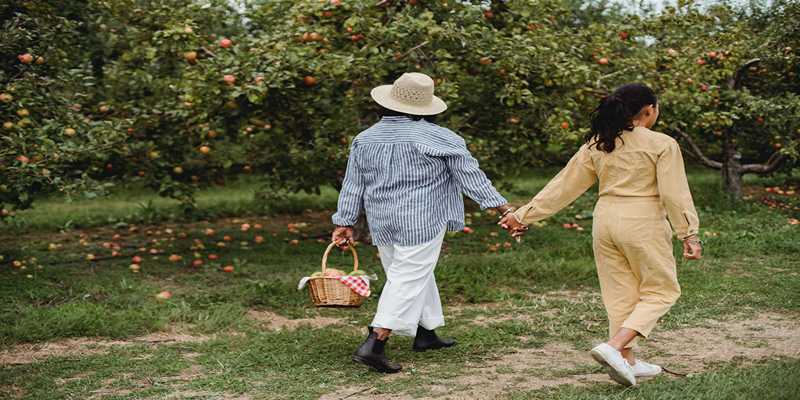Arthritis is often linked to the discomfort and soreness that accompany the process of becoming older. Even athletes, who we see as epitomes of good health, are not spared from this. The same workouts designed to enhance health might potentially lead to joint inflammation and discomfort. Runners, specifically, have a justifiable fear over the possibility of joint injury. It is crucial to acknowledge the possible dangers. They may use this knowledge to enhance their exercise planning. Thorough assessment may result in preventative measures, ensuring durability both during physical activity and in overall joint well-being.

Running Arthritis Correlation: An Overview
Historical Perspectives on Running and Joint Health
Running used to be more of a means of survival, but now it's more often practiced as a sport and fitness activity. The debate over whether or not jogging is good for your joints goes back a long way. While moderate jogging was seen as helpful by ancient doctors, excessive running was thought to wear down joints. This idea gained traction in the last several decades when people generally agreed that jogging large distances may damage their joints. The wear and tear idea was a common topic of early investigations, which hypothesized that constant pounding on hard floors would eventually wear down the joints and cause arthritis.
Contemporary Views on Running's Impact on Arthritis
In the present day, we have a better grasp on how running affects arthritis. New studies suggest a more complex causality. In contrast to popular belief, moderate and consistent running may actually improve joint health. Researchers believe that by increasing blood flow and strengthening supporting tissues, jogging may help strengthen joints.
However, it is understood that biomechanics, intensity, and preexisting conditions have a substantial influence on each person. Arthritis is more likely to develop in those who have certain genetic predispositions or who have not received enough training. Those who run with correct form, use supportive shoes, and adhere to a smart training regimen, on the other hand, may improve their joint health.
We can no longer accept the oversimplified and outmoded notion that running causes arthritis. Instead, modern thinking takes a more holistic approach, taking into account a wide range of potential risk variables. Runners are urged to listen to their bodies, alter their routines appropriately, and balance high-impact activity with proper rest and cross-training. Such measures could not only improve efficiency but also provide some kind of protection against the development of arthritis down the road.
Joint Health Runners: Maintaining Cartilage Integrity
Cartilage Health and Long-Distance Running
Cartilage serves as a shock absorber and lubricant for joints. Long-distance runners, in particular, need to take special care of this tissue to avoid damaging their joints. Despite concerns that cartilage might be damaged by running, new research suggests this may not be the case. In fact, the increased pressure may help strengthen the cartilage. But there is a catch, and it has to do with how fast and how far you run. Running long distances without stopping may cause cartilage to wear out.

Strategies for Protecting Joints During High-Impact Activities
Runners should take preventative measures to avoid further damage to their joints. Cross-training with low-impact sports like swimming and cycling may help you become in better shape without putting undue stress on your joints. Leg muscles, in particular, may benefit from strength training to provide support for the joints and reduce the stress placed on them. Supportive and shock-absorbing footwear is also essential. To avoid overuse injuries, runners should listen to their bodies and take breaks when needed. Finally, a balanced diet helps cartilage repair and regeneration, and keeping a healthy weight reduces stress on joints. Taking these precautions allows runners to pursue their goal of striding without jeopardizing their joints.
Arthritis Risk Assessment: Tools and Techniques
Clinical Methods for Evaluating Arthritis Risk in Runners
Runners' risk of developing arthritis is assessed in a number of ways by medical experts. Joint function and early indications of arthritis may be revealed by a thorough physical examination. Joint problems, such as cartilage degeneration or bone alterations, may be assessed by imaging techniques, including X-rays and MRIs. Analyzing one's gait may help find joint stress patterns in one's running form. Since arthritis tends to run in families, doctors often look at patients' genetic predispositions. When taken together, these tests provide a detailed picture that helps runners get better results from their individual training regimens and interventions.
The Role of Biomarkers in Predicting Joint Degradation
Key to determining the likelihood of developing arthritis are molecules called biomarkers. Certain proteins in blood or joint fluids rise as cartilage breaks down. Keeping an eye on them might detect joint injury before it causes any noticeable symptoms. Validation and understanding of these indicators is still a work in progress. Biomarkers may one day be used to not only identify those at increased risk but also to direct the efficacy of preventative measures. They offer a potential frontier in proactively maintaining joint health for runners.
The Role of Genetics and Lifestyle in Running-Related Arthritis
Genetic Predispositions Impacting Athletes
Athletes may be more likely to get arthritis because of their family history. Athletes with a family history of arthritis are generally urged to take proactive steps in monitoring and maintaining joint health.
Lifestyle Factors and Their Contribution to Joint Health
Choices in daily life have an equal impact on reducing the likelihood of developing arthritis. Joint health is affected by one's eating, weight, and activity habits as a whole. While a healthy, nutrient-rich diet helps keep cartilage in good shape, carrying more weight increases the strain on your joints and hastens their deterioration. Overtraining, particularly with poor form, also raises the potential of injury, including to the joints. However, joint function may be maintained by the use of rest days and low-impact cross-training. As a result, protecting sportsmen against arthritis requires a combination of lifestyle changes and knowledge of one's genetic makeup.
Mitigating Strategies for Runners to Lower Arthritis Risk
Nutritional Approaches to Enhance Joint Health
Joint health is greatly impacted by one's diet. Inflammation and cartilage damage may be mitigated by food. Popular joint health supplements include glucosamine and chondroitin, but runners should check with their doctors before beginning a new supplement program.
Exercise Modifications to Reduce Impact on Joints
Runners may reduce the strain on their joints by making certain changes to their training. Combining cardio with low-impact exercises like cycling or swimming eases stress on the joints. Running on trails rather than asphalt, for example, may reduce the effects of repeated impact. Overuse is a typical cause of arthritis, but with the right amount of rest, you may avoid it. Muscles surrounding the joints that are strengthened via exercise are better able to support the body and absorb trauma. Runners who keep these strategies in mind may enjoy their sport for a long time while minimizing the risk of joint damage.
Conclusion
Despite the complexity of the link between running and arthritis, there are steps you can take to lower your risk greatly. A runner's performance and long-term joint health may both benefit from a regimen that includes a correct diet, sufficient rest, and strength workouts. Runners who are aware of their own unique genetic predispositions and lifestyle variables are in an even stronger position to modify their training in order to protect their joints. If you adopt these holistic habits, jogging will be an activity you can keep up with for the rest of your life.







